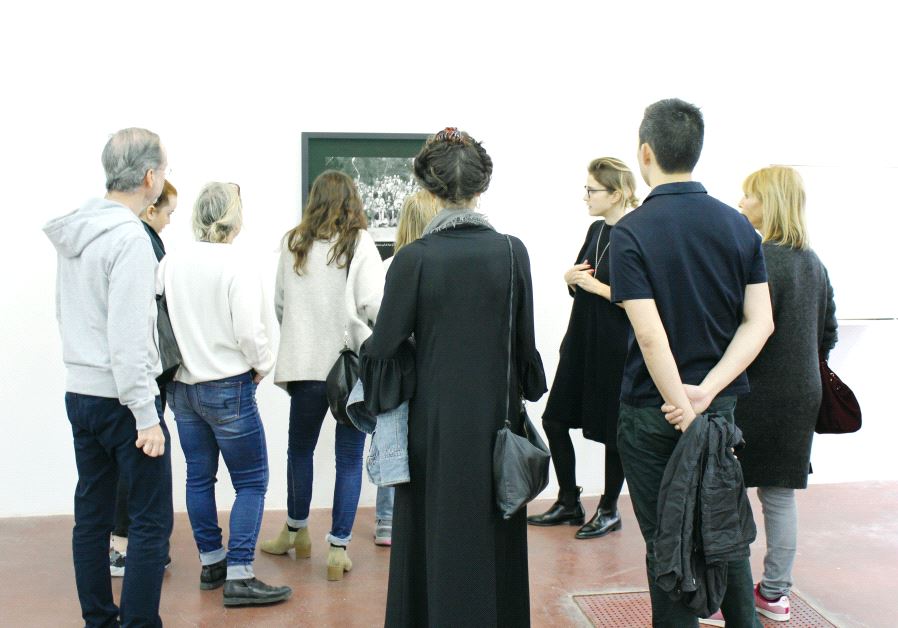'Volatile and dangerous’: The nexus of politics and art in Israel
Art – especially political art – has been drawing a lot of fire in Israel recently. Is this a bad omen or a sign of growth for the local art world?
 Art adviser Sarah Peguine briefs tour-goers during an art tour in Tel Aviv(photo credit: ALEXIS OSTROBROD/PITAYA WORK)Updated:
Art adviser Sarah Peguine briefs tour-goers during an art tour in Tel Aviv(photo credit: ALEXIS OSTROBROD/PITAYA WORK)Updated: